 d and a few seconds on the hot asphalt can hurt your dog's paws. Here's some tips on paw safety that will also help with heat stroke.
d and a few seconds on the hot asphalt can hurt your dog's paws. Here's some tips on paw safety that will also help with heat stroke. Signs of burned pads:
- limping or refusing to walk
- licking or chewing at the feet
- pads darker in color
- missing part of pad
- blisters or redness
Be careful if you take your dog swimming and then go on hot pavement. The time in the water softens their pads so dry off the paws and walk on the grass. It is important to keep the foot area cool and clean. As soon as you notice the problem (limping along on the road), flush with cool water or a cool compress if available. Get the dog to a grassy area or if possible, carry him. At first chance, your vet should examine your dog for signs of deeper burns, blisters and possibility of infection. Your vet will determine if antibiotics or pain medication is needed. Washing the feet with a gentle cleanser and keeping them clean is important. Bandaging can be difficult to do and to maintain (monitor and change often), but licking must be kept to a minimum.
Dog boots works great to stop the licking because the double straps keep it secure. Some dogs will tolerate a sock to keep the area clean, but caution is advised for dogs that may chew and ingest the sock.
Lick deterrents (bitter sprays) may help reduce the damage caused by licking. Best advice is to be mindful of hot surfaces -- asphalt and metal (i.e. boat dock, car or truck surfaces) -- and walk your dog on the cool side of the street or in the grass. Another tip is to lay down a wet towel for your dog to stand on when grassy areas are not available.
There are several measures that dog owners can take to prevent burns and injury to a dog's paw pads. Some of these preventative measures designed to prevent pad injuries will also make the dog less vulnerable to other summertime pet dangers, like canine heat stroke and sunburn.
Tips For Dog Summer Safety
- Walk the dog in the early morning or evening to avoid paw pad burns. Avoid walking the dog in the heat of the day, when the sun beats down, heating the pavement and sand.
- Walk the dog on the grass. The grass remains cooler than the sidewalk, lessening a dog's chance of paw pad injuries in the summer. This makes a trip to a shady park a good option for an afternoon walk in the summertime. However, if you walk your dog on the grass, be sure wipe down his paws to keep allergens away & beware of bees.
- Take frequent dog walks on the pavement during cool times of day. This will help toughen a dog's paw pads by promoting the formation of callus. This makes the skin of the dog's foot pads thicker and less prone to injuries like burns and cuts. Dogs who rarely walk on pavement will have more sensitive paw pads and they require more frequent nail clippings, as walking on pavement files the dog's nails.
- Moisturize the dog's paws on a daily basis. Keep a dog's paws well moisturized with Vaseline® or a special paw pad balm or cream, like Musher's Secret®. Moisturizing the dog's paw pads will prevent cracking, peeling and minor pad cuts. These injuries will cause the dog's pads to become more sensitive once healing is complete, so preventing injury is key.



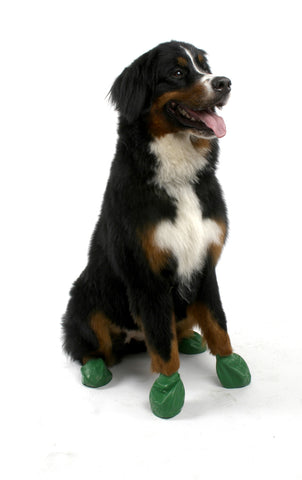
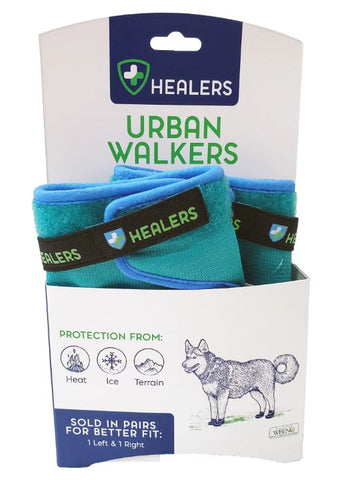
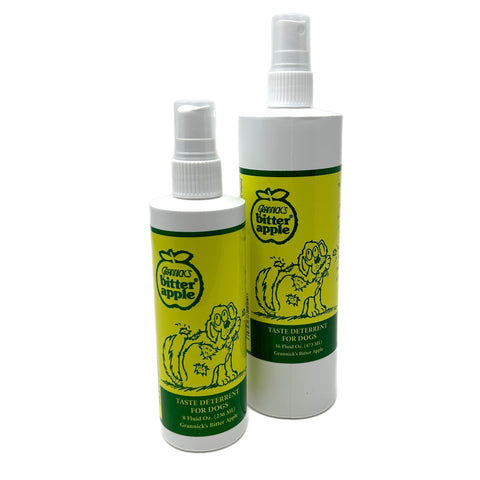










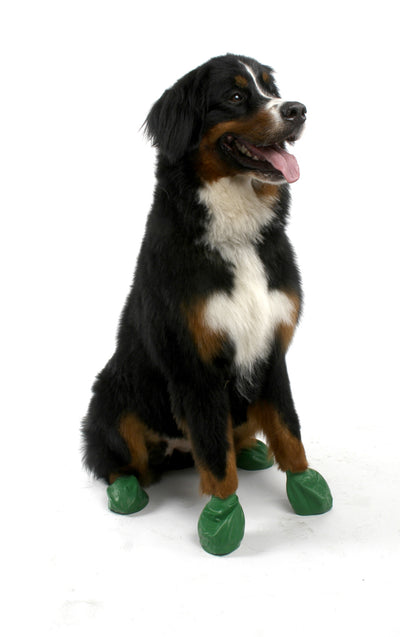
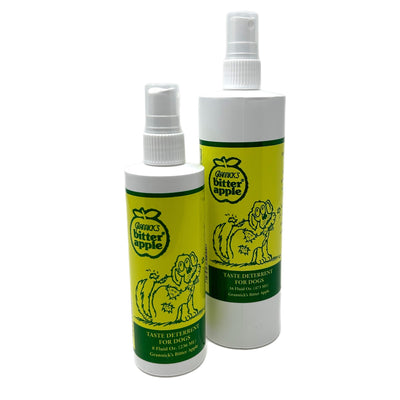
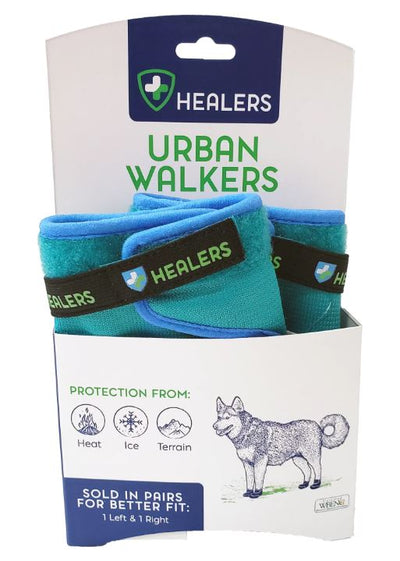
thank you for the info
regards
Hortensia.
<3 xo
We have a 85% customer satisfaction rating on the cool pads. We think it’s a great product. Some dogs take a while to get used to the mat and we recommend you put a light sheet or pillow case over it to make it more homey
Leave a comment